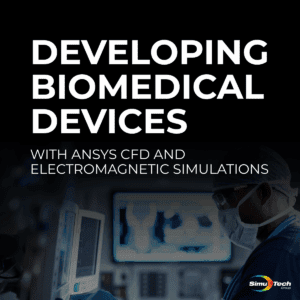Webinar Description |
Why Thermal Management Matters for Engineering Product Development
Learn how you can take advantage of a thermal management simulation tool to better understand and predict product behavior in different real-life situations. Take advantage of thermal management and temperature regulation to improve product performance and decrease product recalls.
Controlling temperature is critical to the efficiency, reliability, safety and durability of many products and processes. Simulation can improve thermal management of products and processes by enabling engineers to understand the root cause of thermal problems so they can quickly correct them. Simulation also makes it practical to evaluate a wide range of alternative designs to optimize the design and ensure its safety under many different operating scenarios.

Thermal Management and Uniform Temperature Regulation of Engineering Modules
The output of PV electric power decreases when photovoltaic (PV) panel temperatures continue to rise. This webinar discusses the experimental approach used to simultaneously combine phase change material and nanofluid (graphene/water) to reduce PV temperature and was tested outside (RT-35HC).
Performance of this hybrid PVT system is compared to PVT/PCM system with water flowing via tubes inside PCM, PV/PCM system, and standard PV in terms of PV temperature, electrical efficiency, thermal efficiency, and total efficiency.
The effects of several flowrates (20, 35, and 40 LPM) and volume concentrations (0.05, 0.1, and 0.15 percent) of graphene nanoparticles are also investigated. It is discovered that the combination of 0.1 vol percent nanoparticle concentration with 40LPM flowrate results in the greatest performance.
A PVT/PCM system based on nanofluids showed the greatest reduction in PV temperature. PVT/PCM systems and PV/PCM systems based on water, with maximum electrical efficiency improvements of 23% and 9%, respectively, above standard PV.
Additionally, a hybrid PVT/PCM system based on nanofluids exhibits thermal efficiency that is 18% greater than a system based on water, and an overall efficiency improvement of about 12%. The combined use of a hybrid PVT system that integrates nanofluid and PCM ensures the highest performance.





